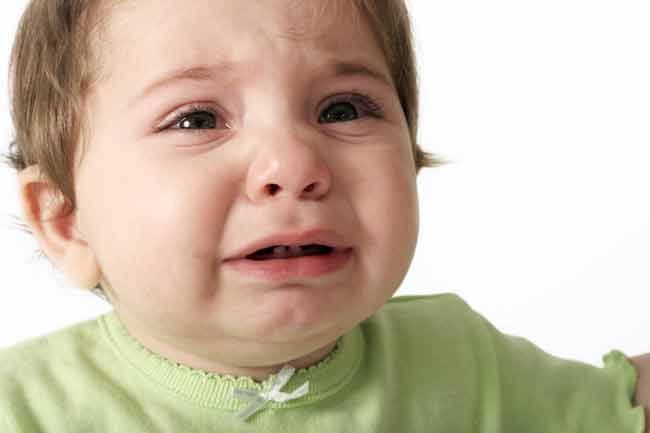Falling Furniture: Rising Risk for Children

Parents might like to think of their home as a safe haven for their kids, but falling household furniture — such as televisions, dressers, and desks — poses a surprising amount of danger to youngsters, according to a new study.
And the risk is growing.
An estimated 264,200 children were hurt and about 300 were killed by furniture tip-overs from 1990 to 2007, said the study's senior author Dr. Gary Smith, director of the Center for Injury Research and Policy at Nationwide Children's Hospital in Ohio, the organization that conducted the research.
The number of children sent to the emergency room for injuries related to falling furniture in the United States increased from an estimated 12,012 cases in 1990 to 16,950 in 2007 (41 percent), he said. And even when the researchers adjusted for changes in population size over the course of the study, they still saw a rise.
"The take home message is, in terms of numbers and rates, the burden of these injuries continues to increase," said Smith. And the study, he says, tells us that "what we're doing right now to prevent these injuries is inadequate, we need to do more."
Most of the injuries — about 75 percent — were in children 6 years old or younger. Children under 9 were most likely to be hurt by falling televisions and suffer head and neck injuries, while older children were usually injured by other types of furniture, including cabinets and bookshelves, and more frequently sustained trauma to their lower body. The researchers published their results in the May 2009 issue of the journal Clinical Pediatrics.
The scientists note that almost a quarter of the accidents resulted from children pulling or climbing the furniture.
Get the world’s most fascinating discoveries delivered straight to your inbox.
To arrive at these estimates, Smith and his colleagues obtained data from the National Electronic Injury Surveillance System, a sample of 98 different hospitals in the United States with 24-hour emergency rooms.
The researchers used this information to calculate the total number of furniture injuries to U.S. children. The study is more inclusive than previous analyses, Smith said, because it includes data from more hospitals over a longer time period, and looked at injuries from many different types of furniture, instead of only focusing on televisions.
The researchers can only speculate about the cause of the increase. "Perhaps there's more TVs or other types of furniture that are associated with tip-overs," Smith said. Ultimately, a more specific study would need to be carried out to identify possible reasons for the rise.
To avoid these accidents, the scientists suggest that parents strap televisions and other large objects to the wall or a stand, and take down items that might entice their children to scale furniture, such as toys and remote controls. Smith would also like to see large furniture sold with anchoring devices to help parents protect their children.

Rachael is a Live Science contributor, and was a former channel editor and senior writer for Live Science between 2010 and 2022. She has a master's degree in journalism from New York University's Science, Health and Environmental Reporting Program. She also holds a B.S. in molecular biology and an M.S. in biology from the University of California, San Diego. Her work has appeared in Scienceline, The Washington Post and Scientific American.


